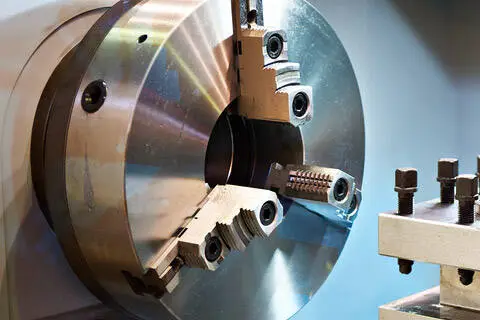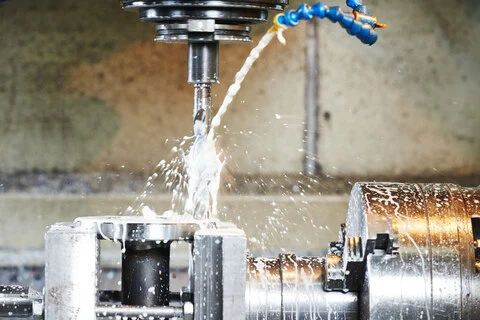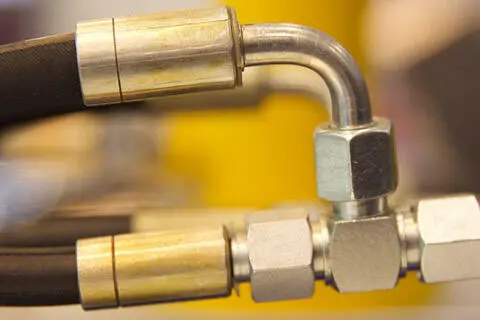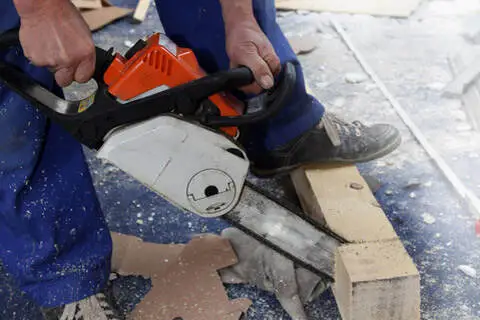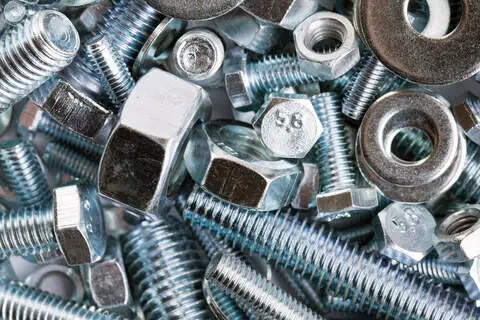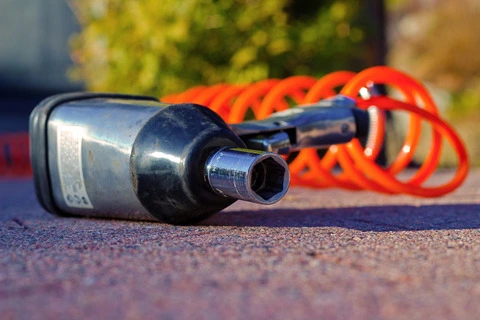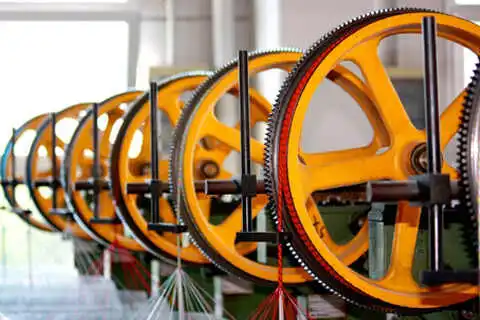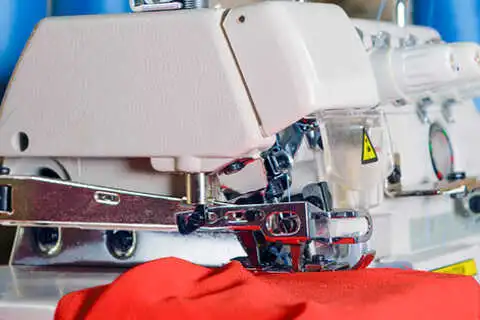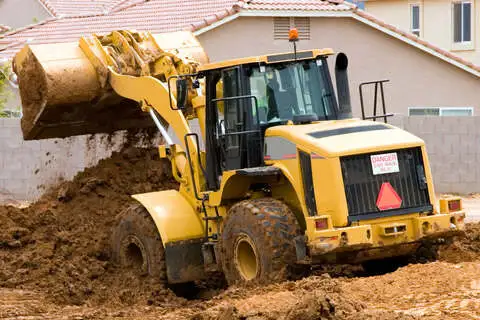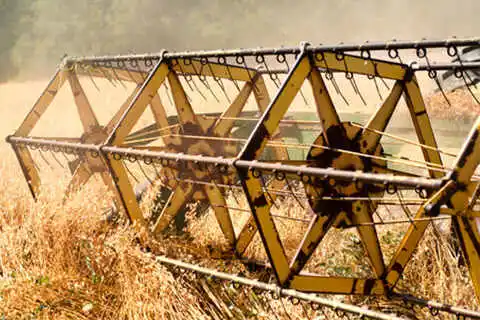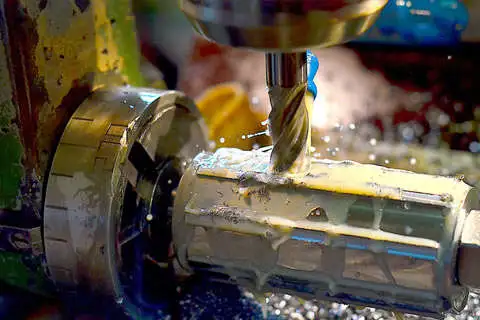
General Machine Tool Standards
General Machine and Tool Safety Standards provide basic operation guidelines focused on the main terminology and optimal design principles for machine and tool safety. The basic recommendations for the safety of integrated manufacturing systems found here address safety aspects relevant to the interconnections of machines and their component parts. Standards regarding safety-related parts of control systems include software design principles and procedures for the incorporation of safety functions into machine designs. The 10-part ISO 230 series contains test codes for machine tools, applicable across the board and addressing such concerns as geometric and positioning accuracy, repeatability, deviations and tolerances, as well as noise emissions and thermal effects. Furthermore, these standards outline fire protection and prevention, as well as general risk assessment and reduction practices that can be incorporated into the operation of a multitude of different machines and tools. Visit OSHA’s Hand and Power Tool page to learn more about specific safety precautions for different types of tools.
